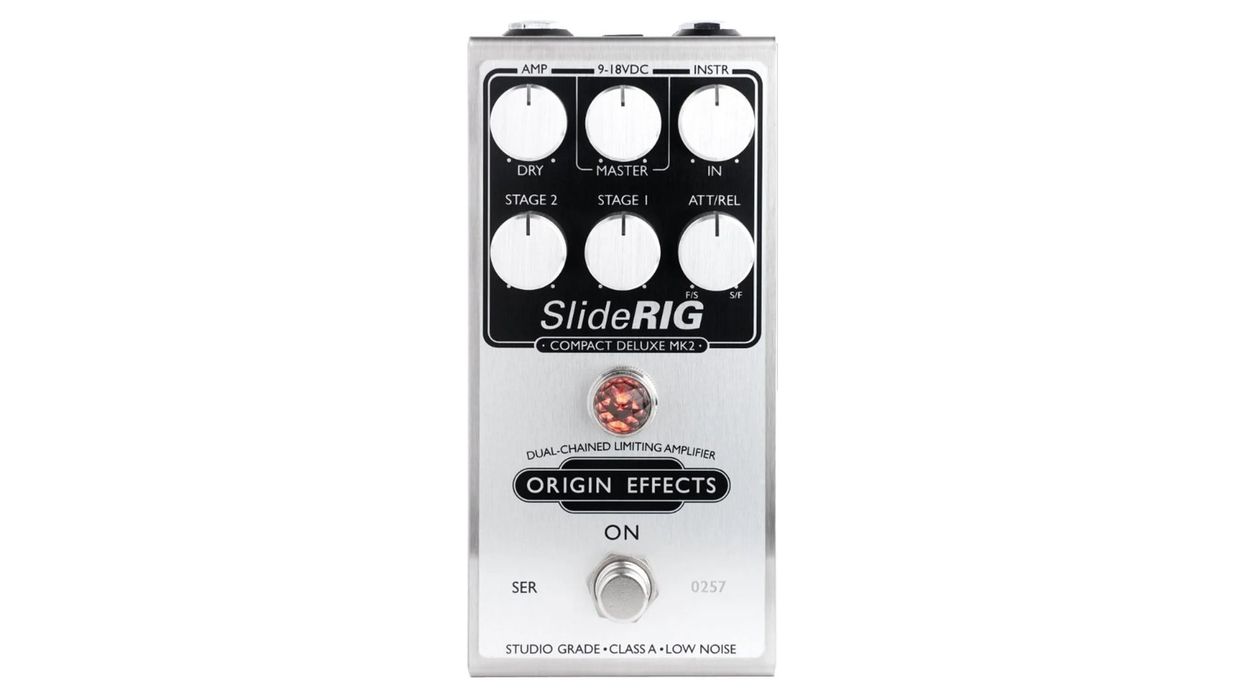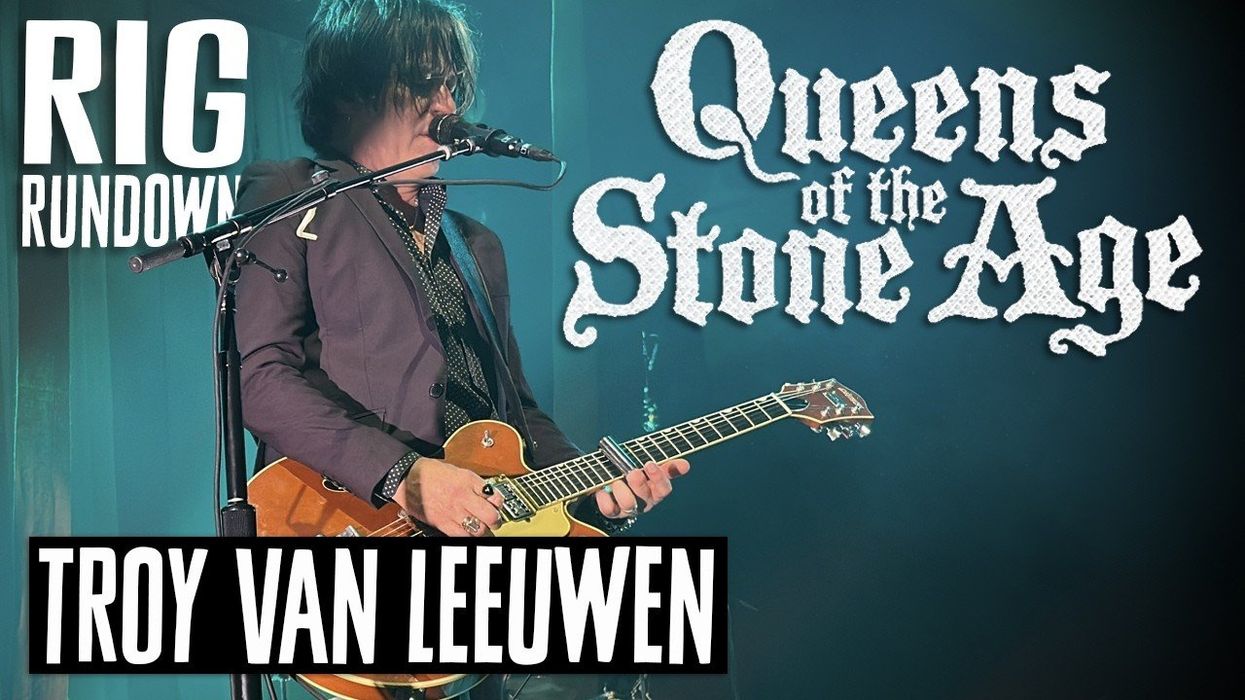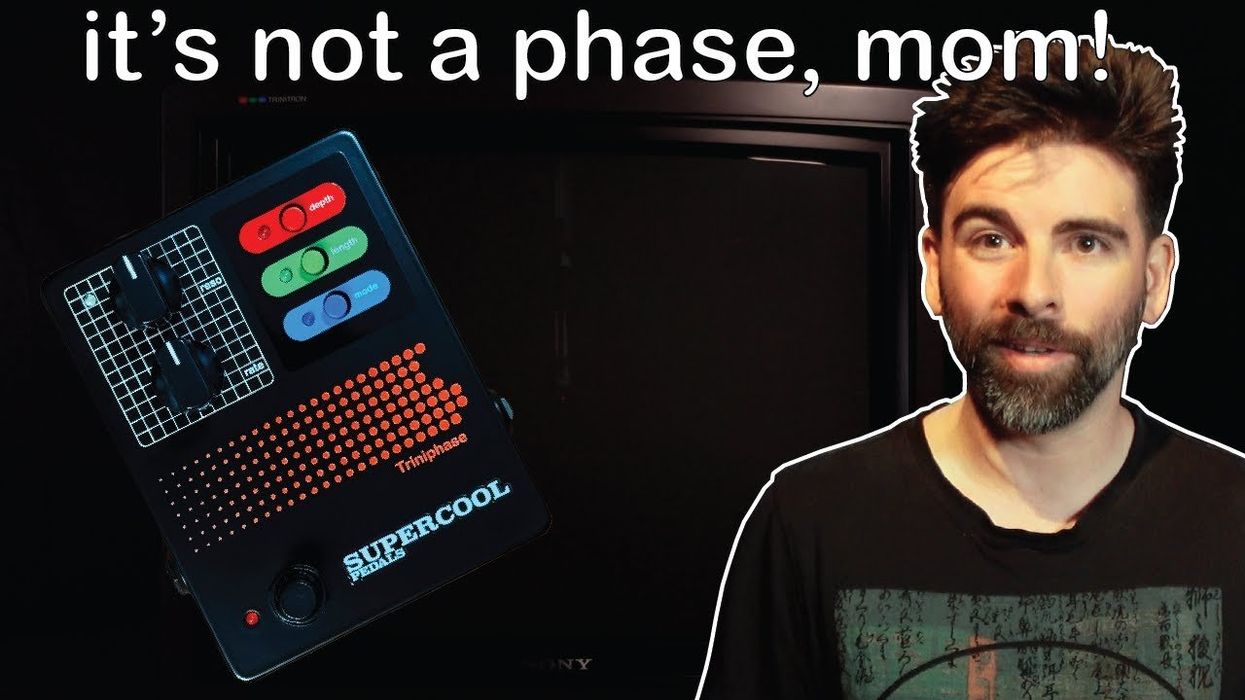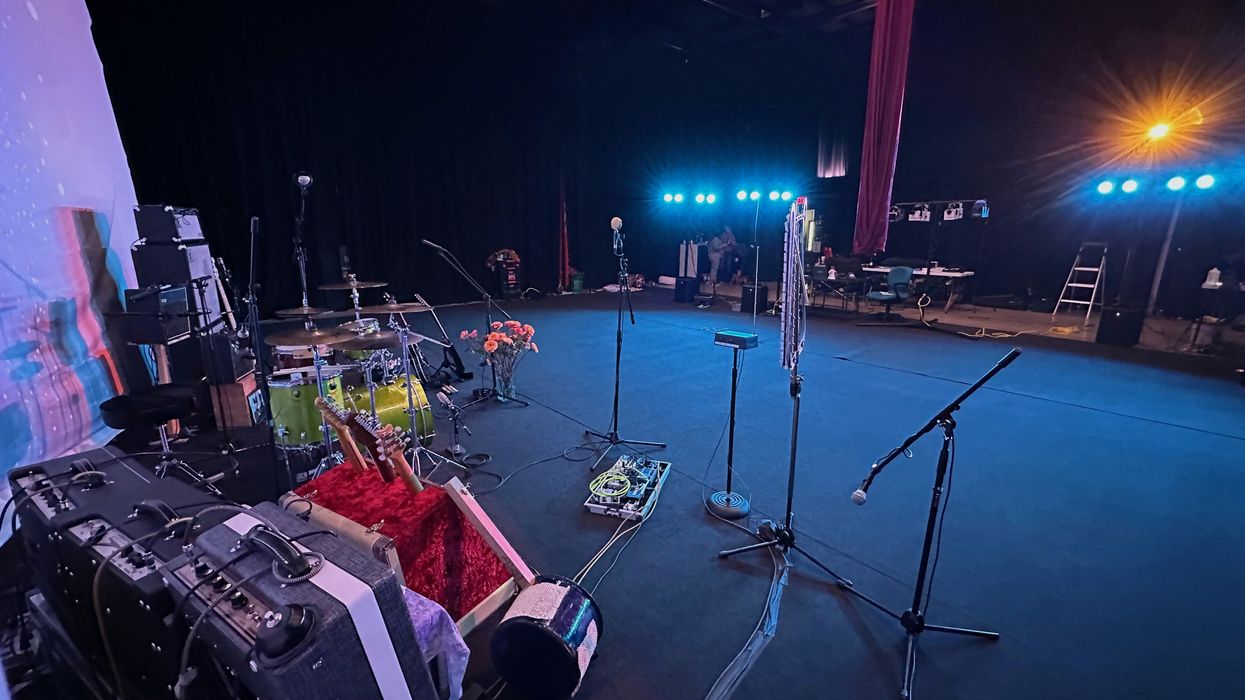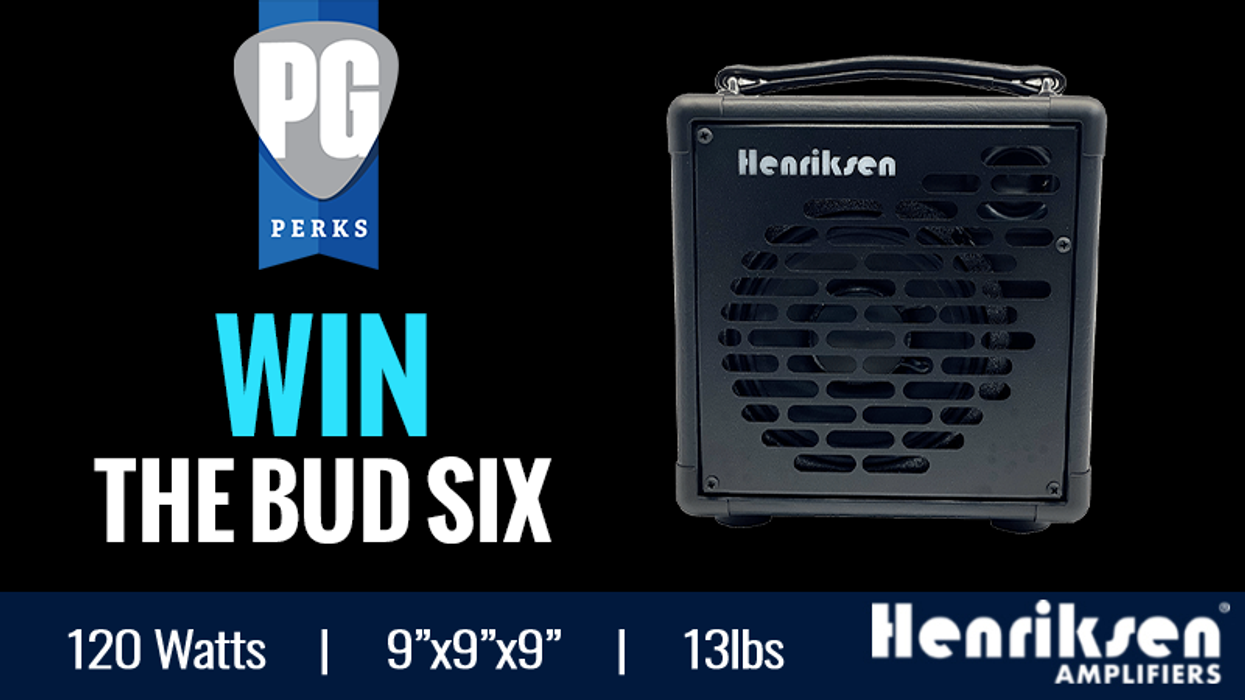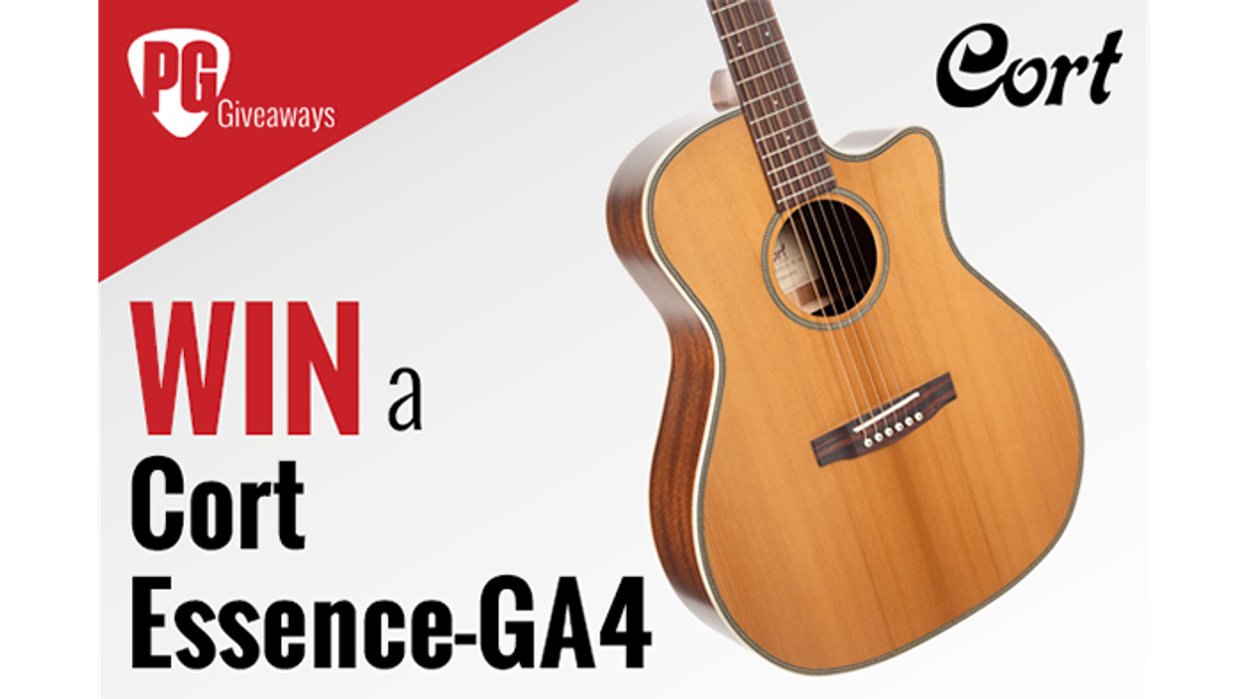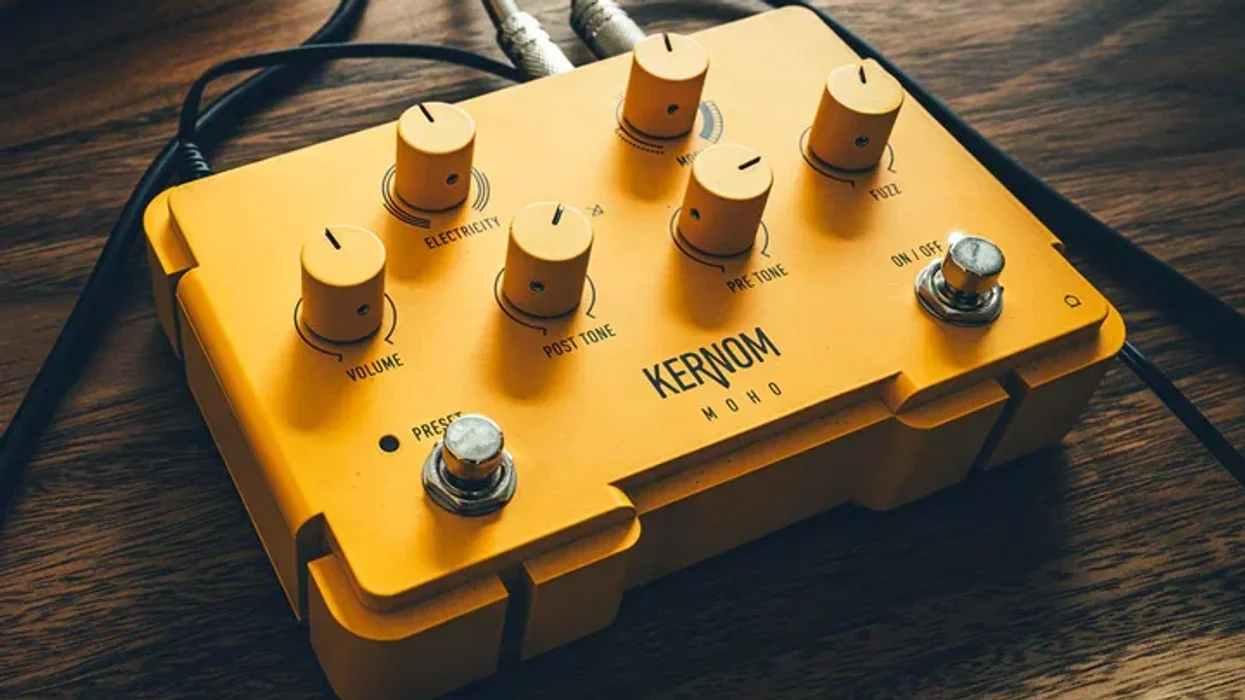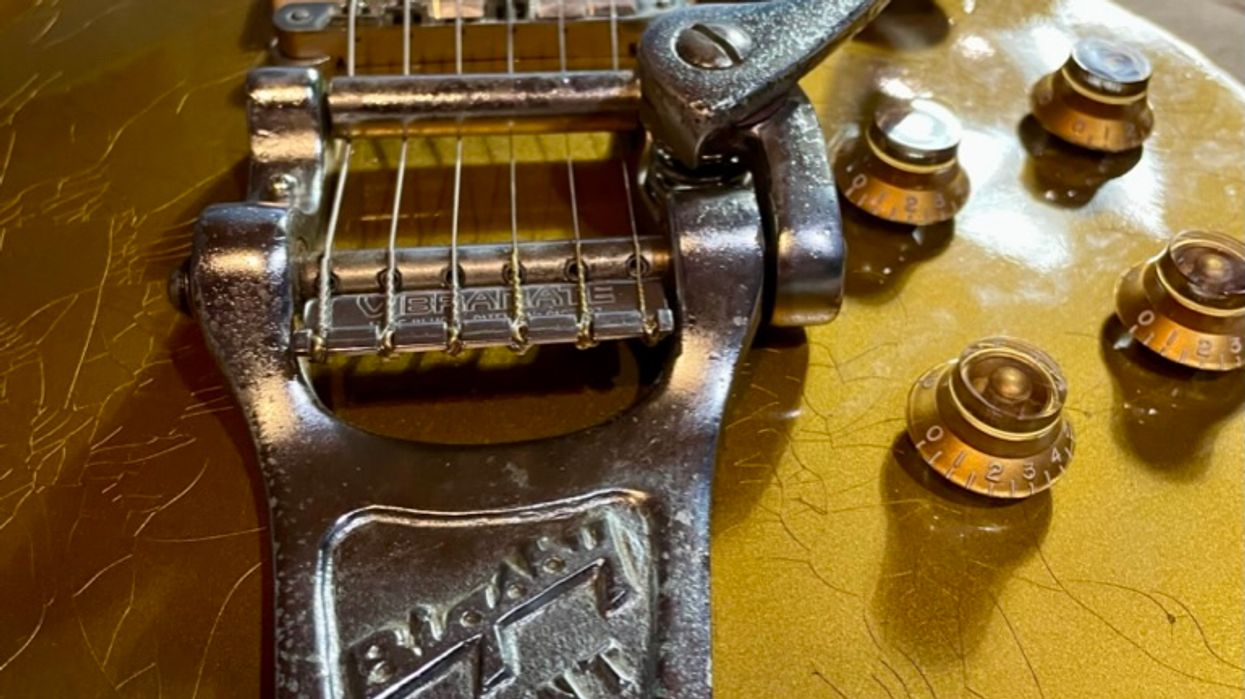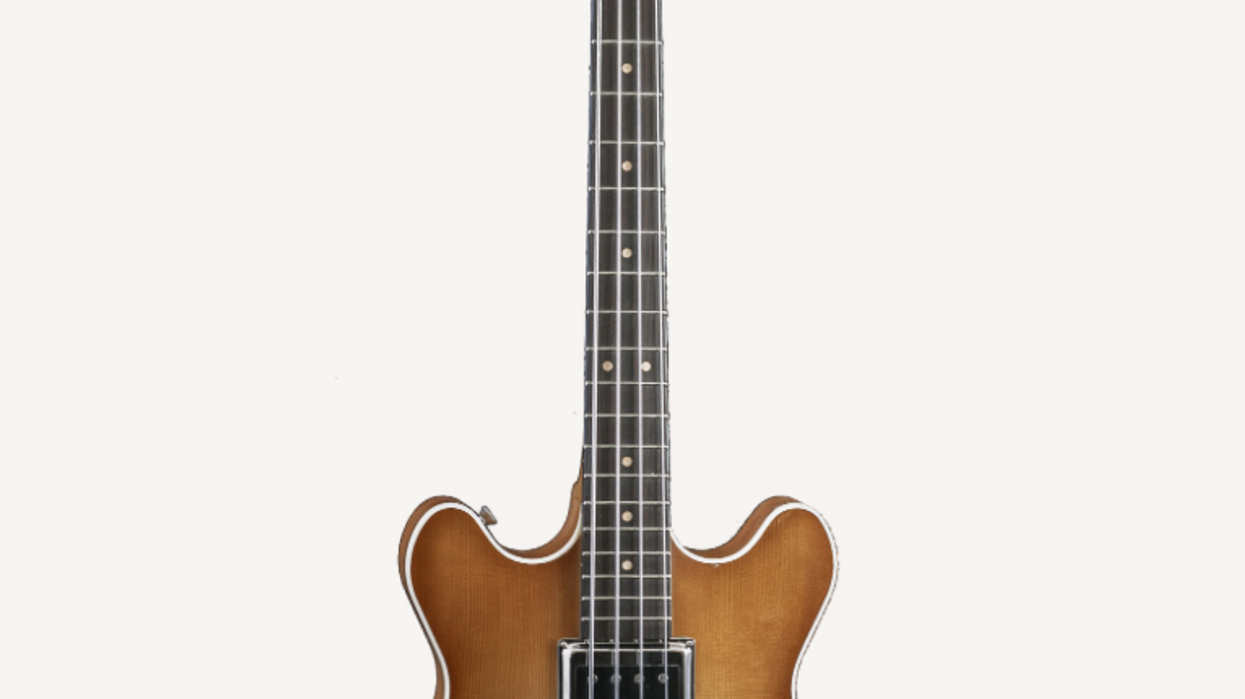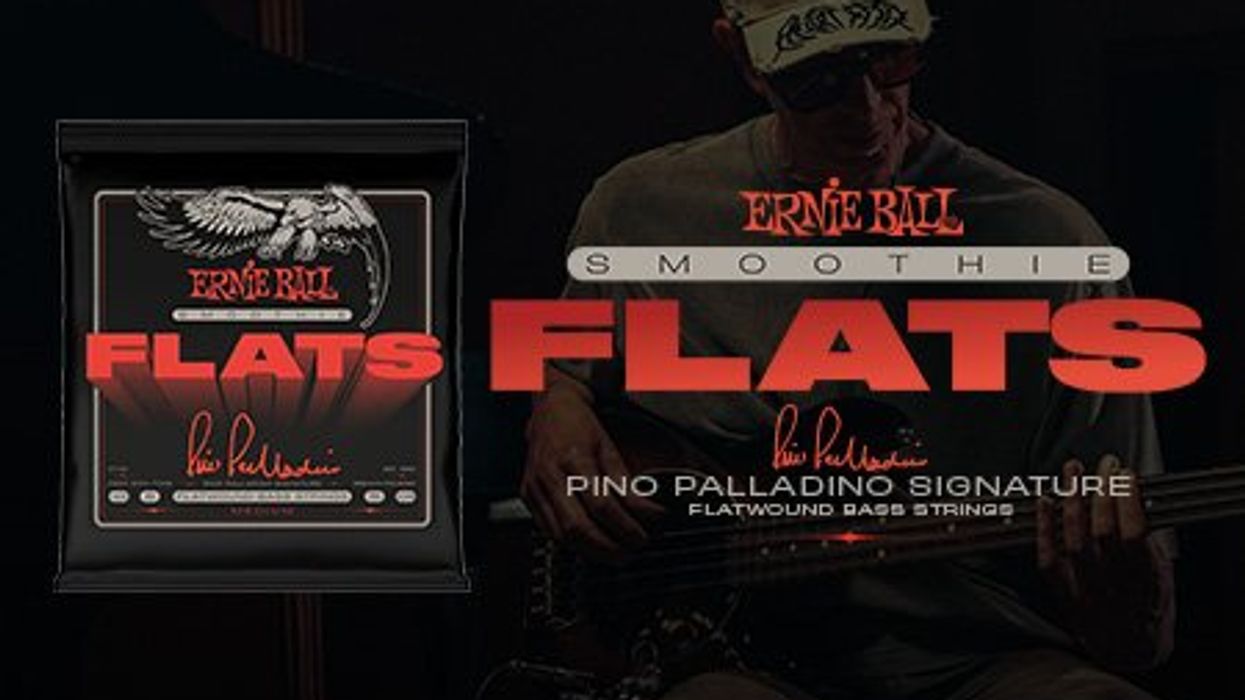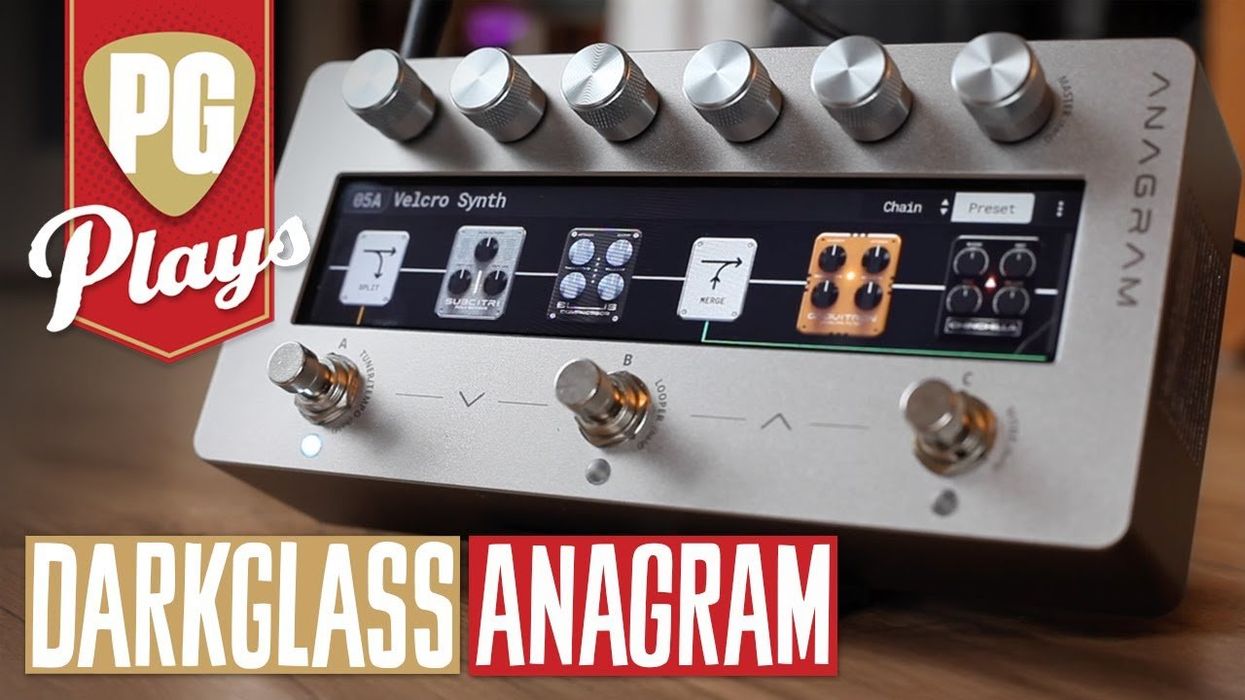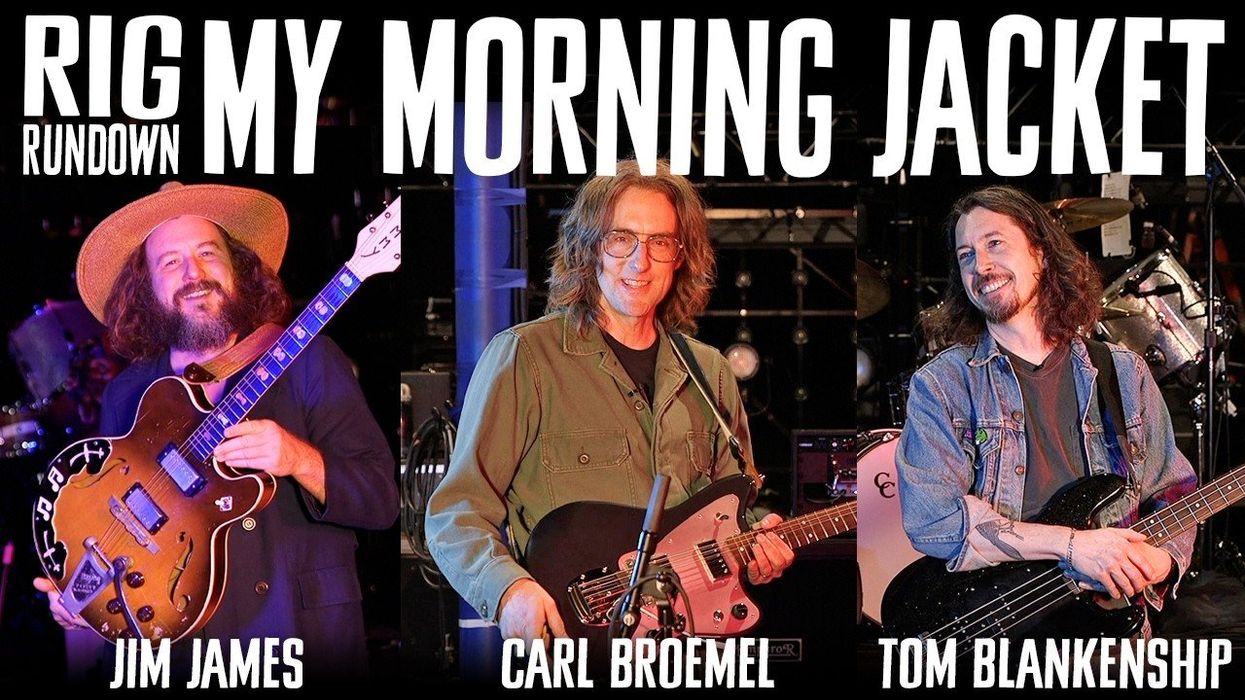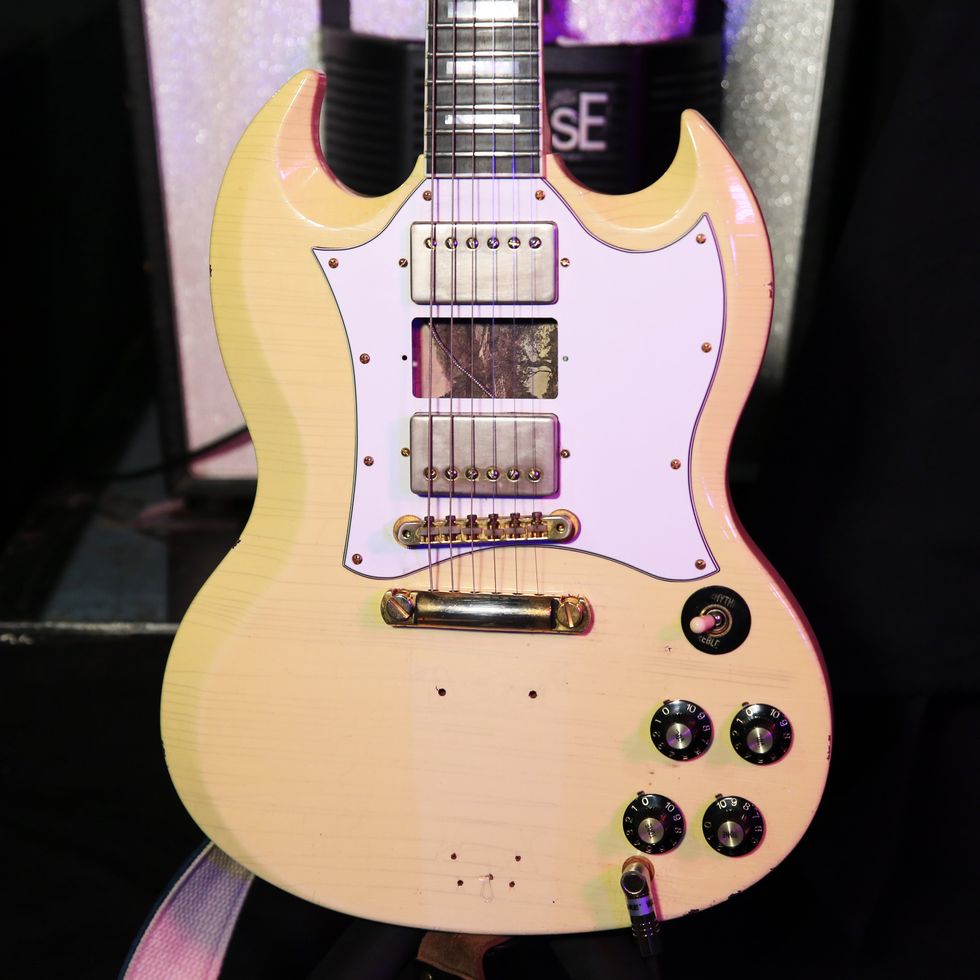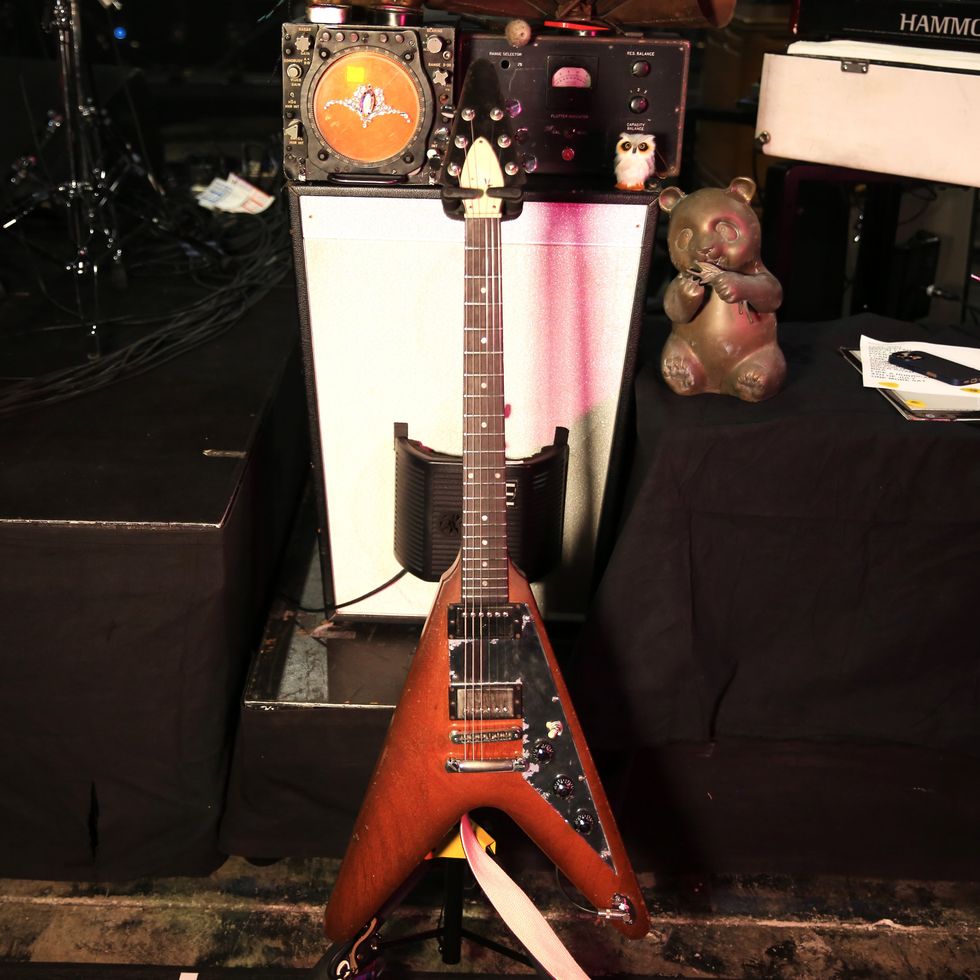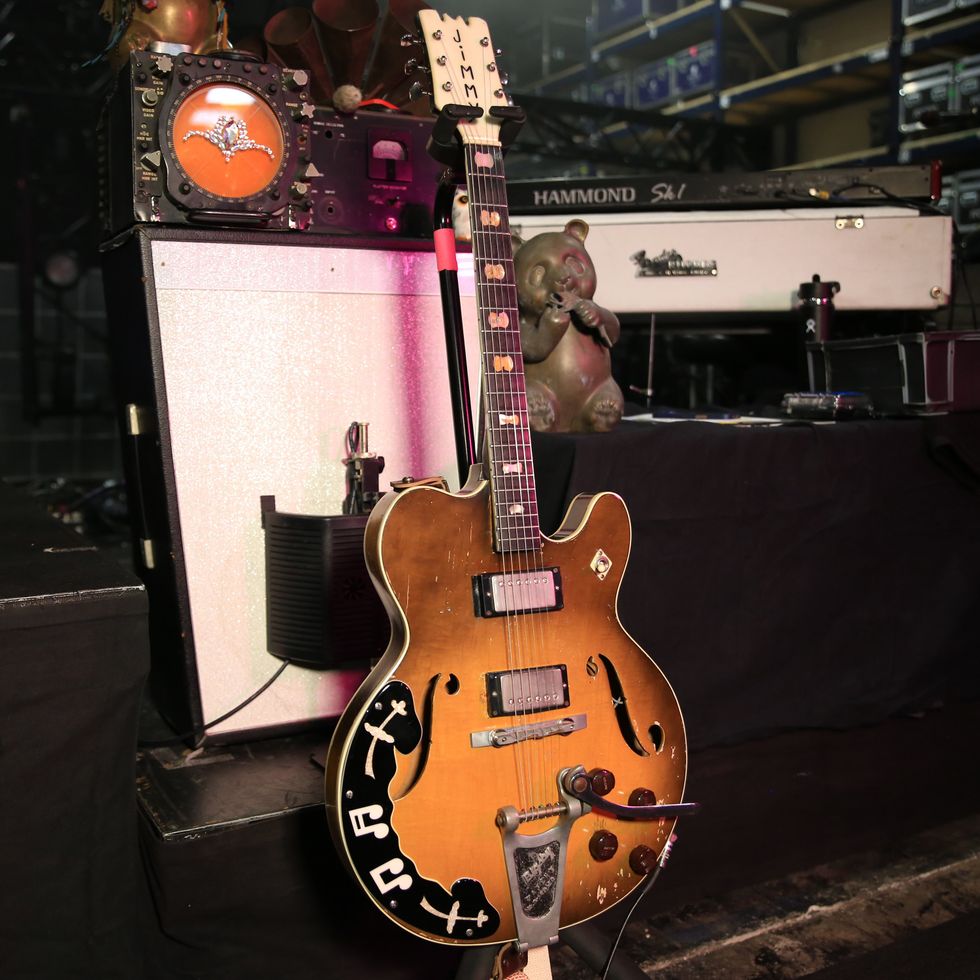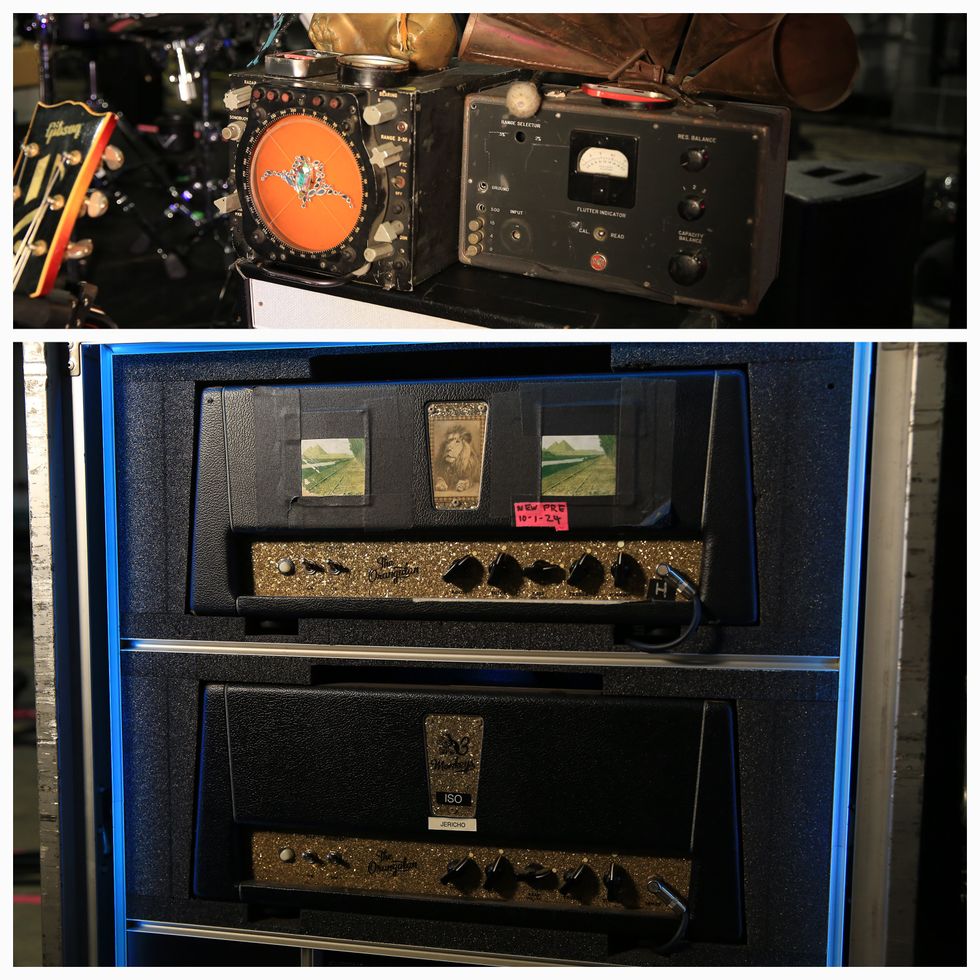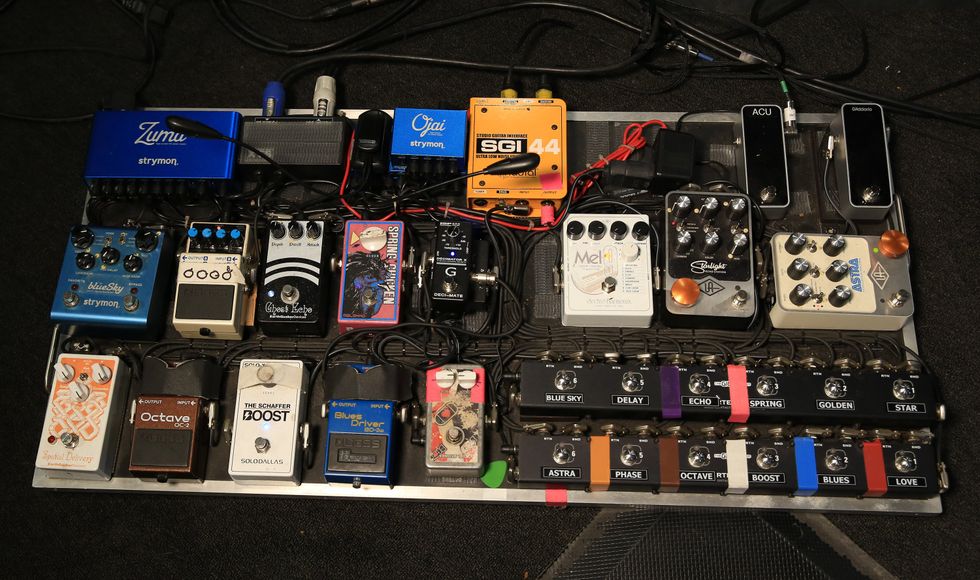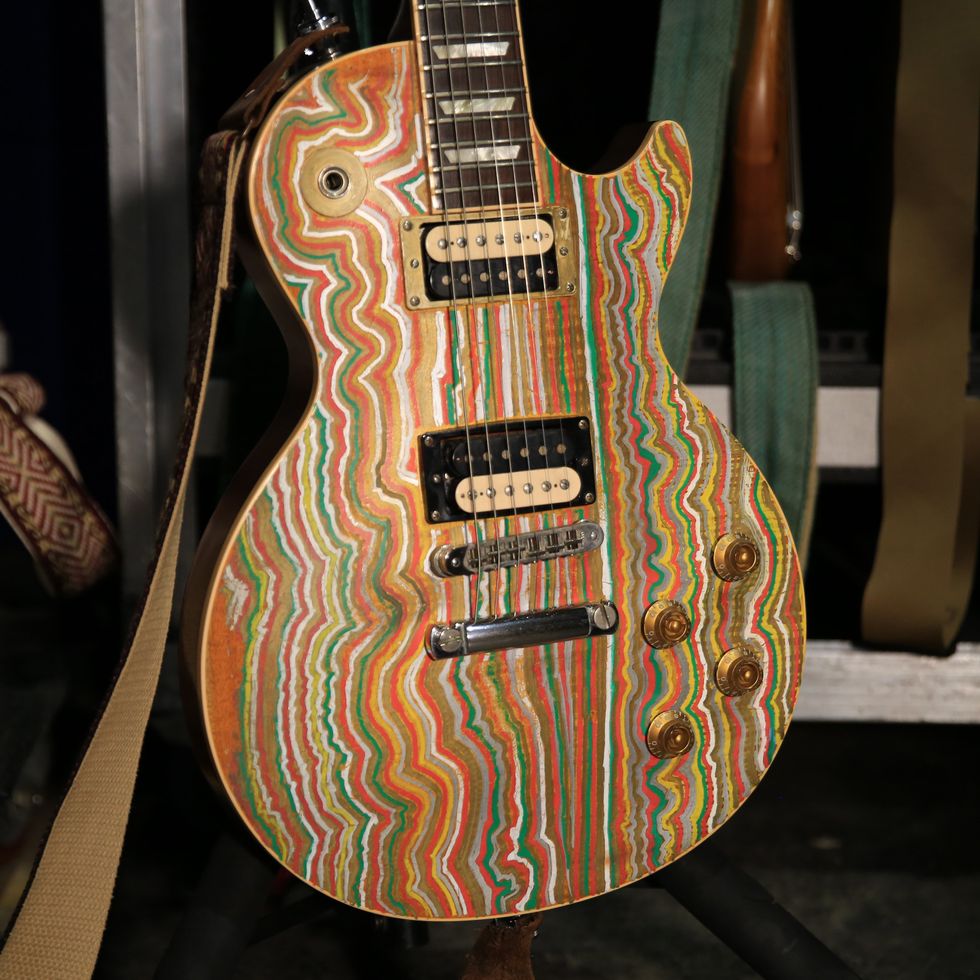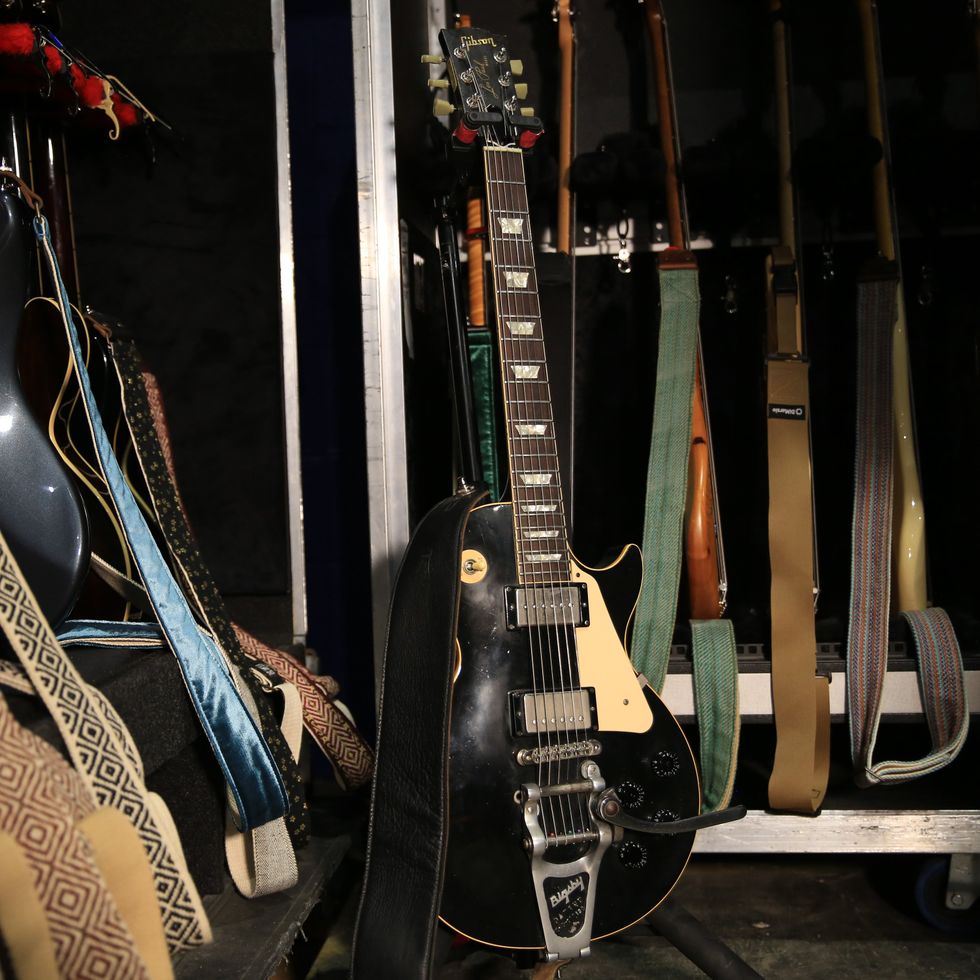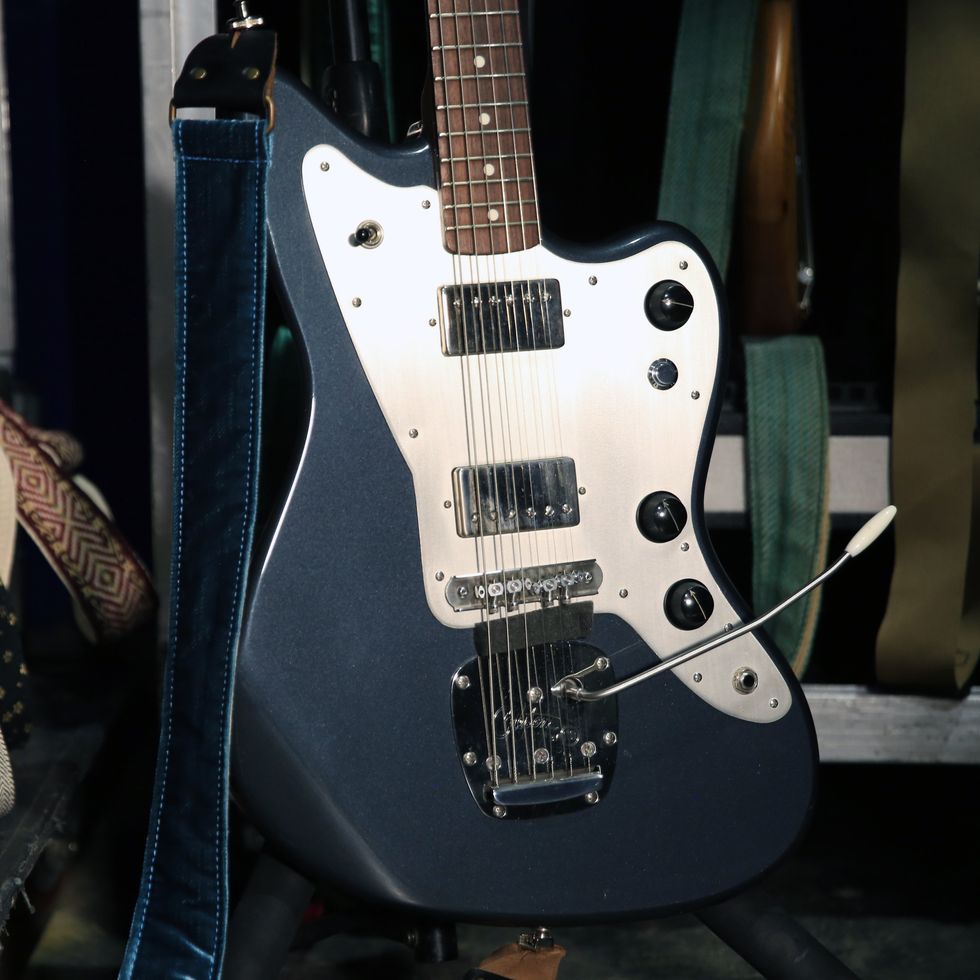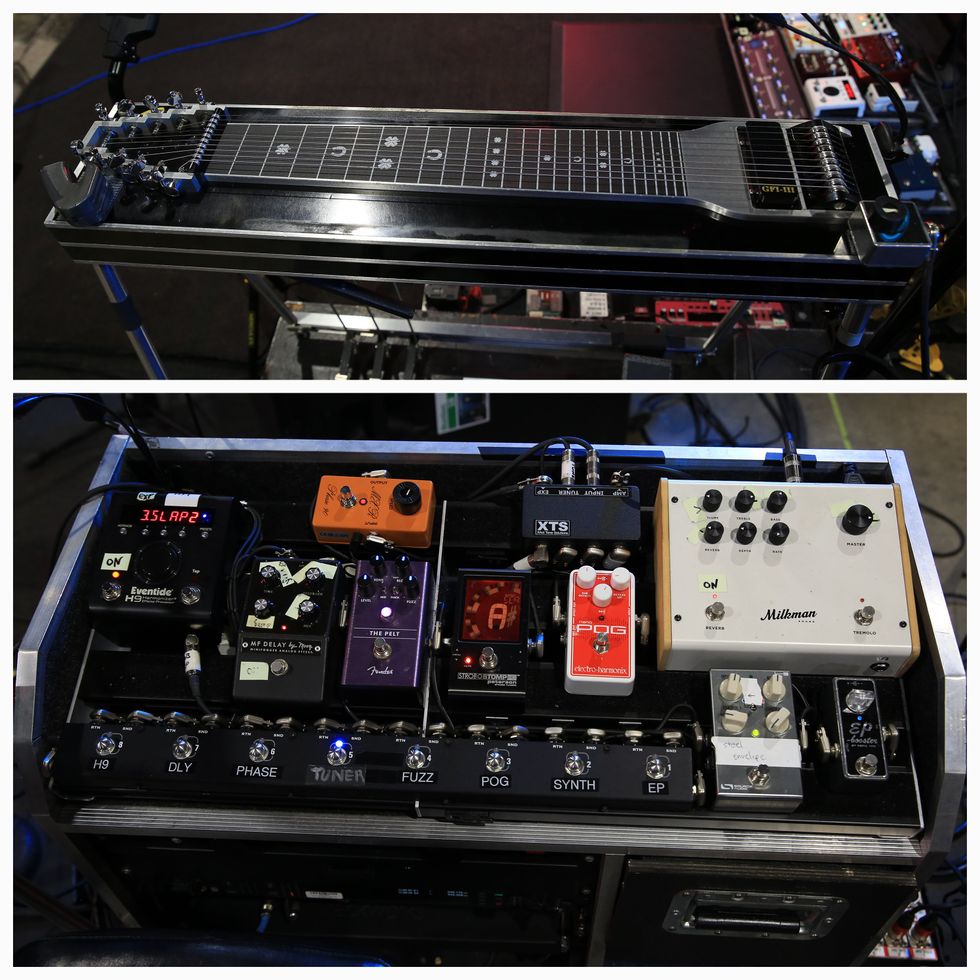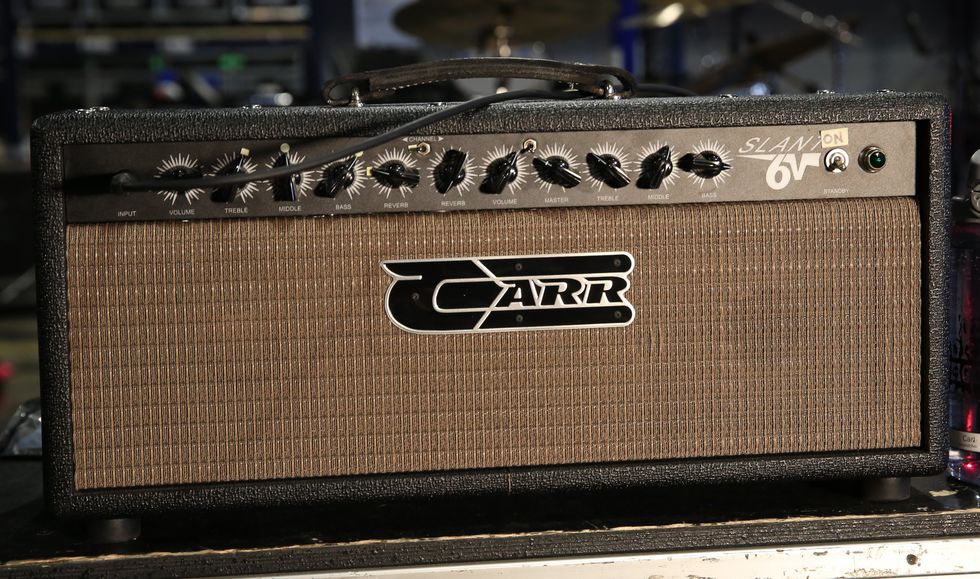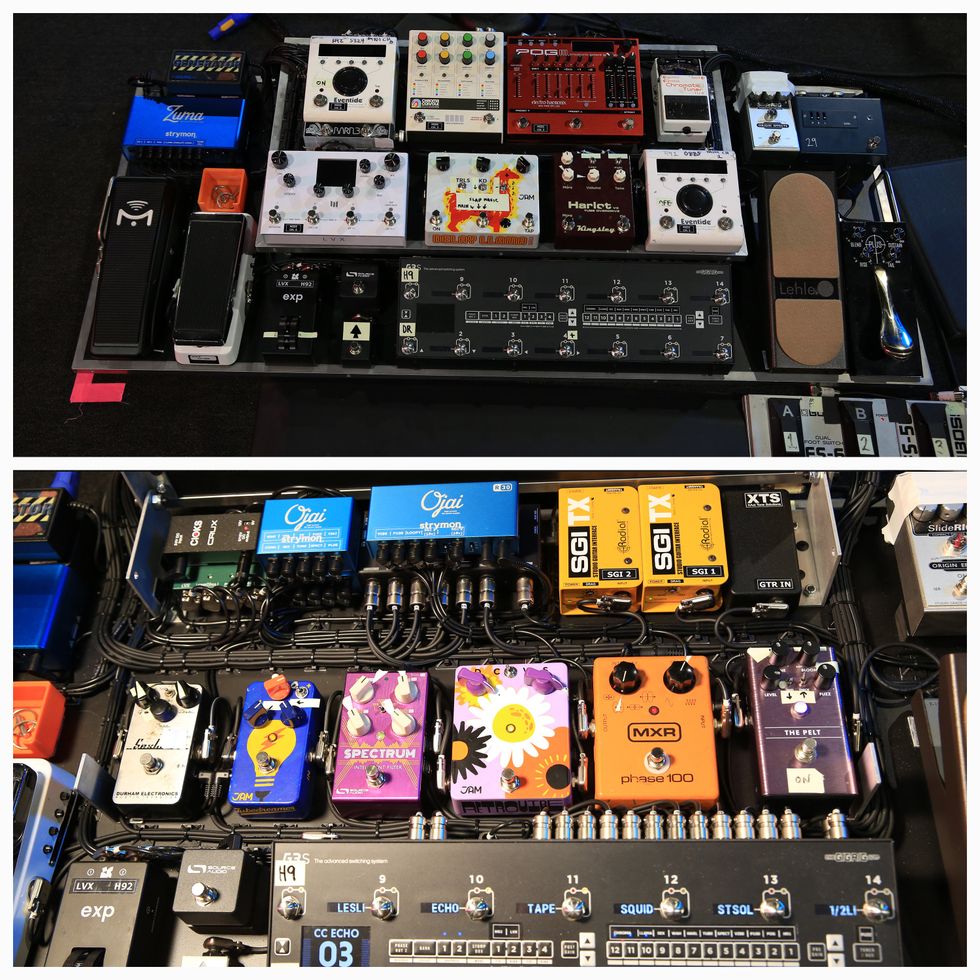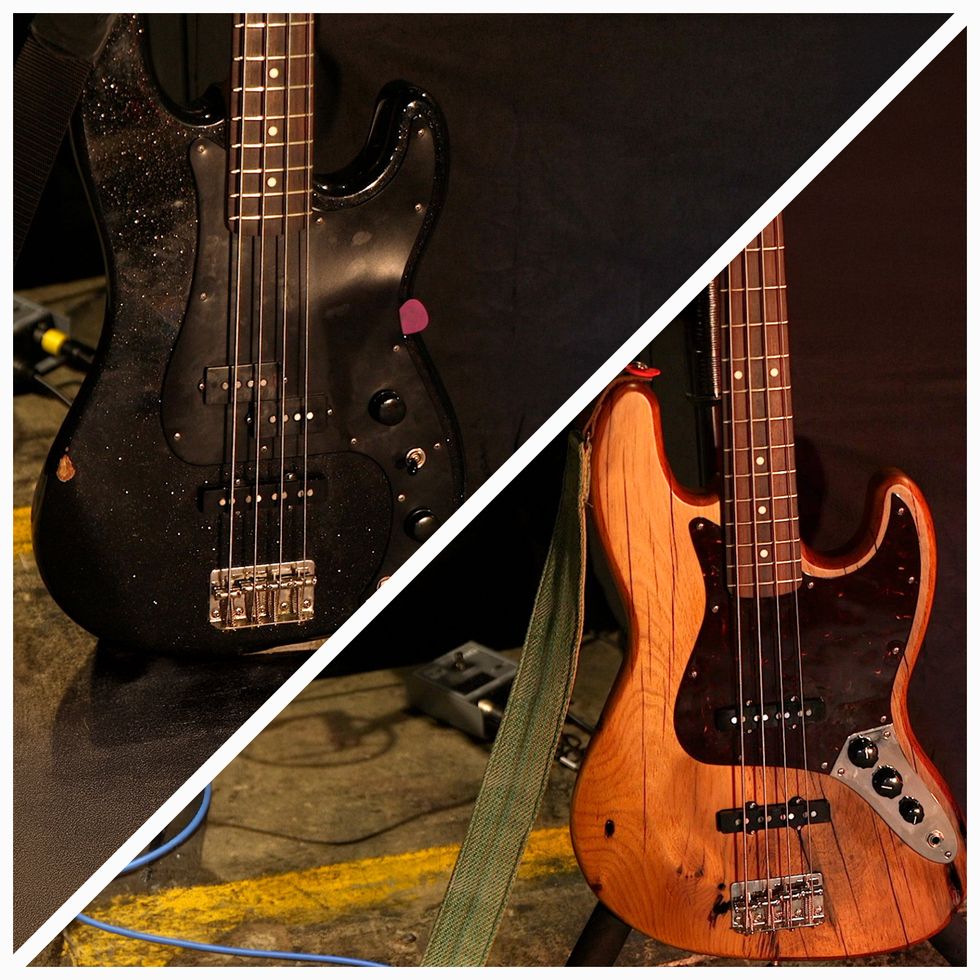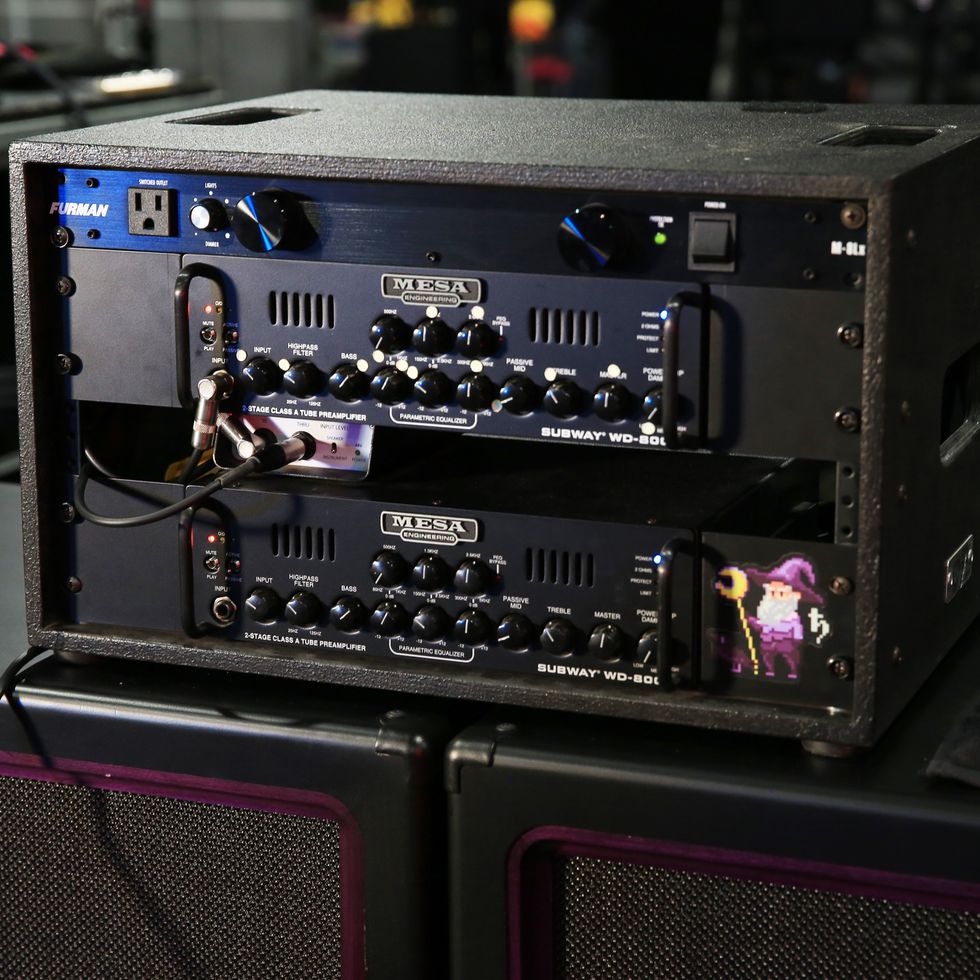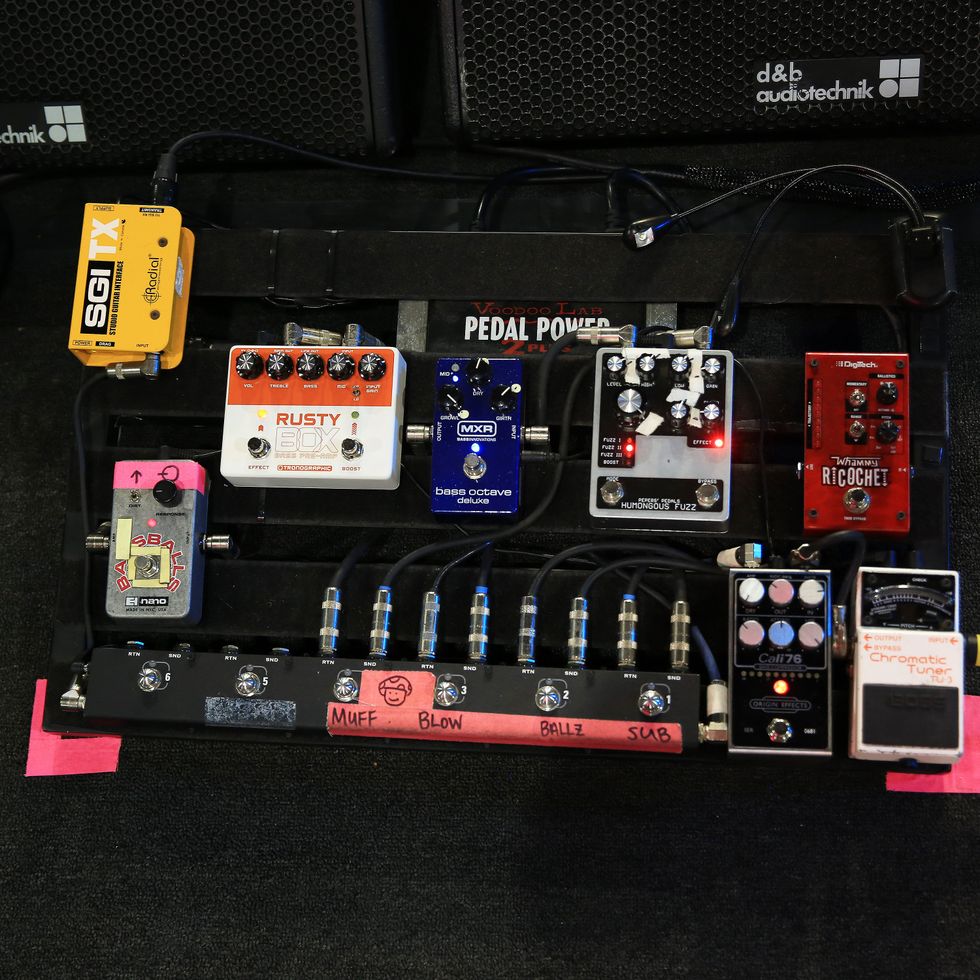A few months ago, I had an L-series Jazz Bass for some repair work. The bass was somewhat modified, but tastefully and professionally done. The owner explained that Roger Sadowsky had done the mods about 25 years ago. As if his ears were burning, I received an email literally the next day from Roger about some content in my then-current article. This was the first time I ever corresponded with Roger, and a few months later we sat down for this interview. 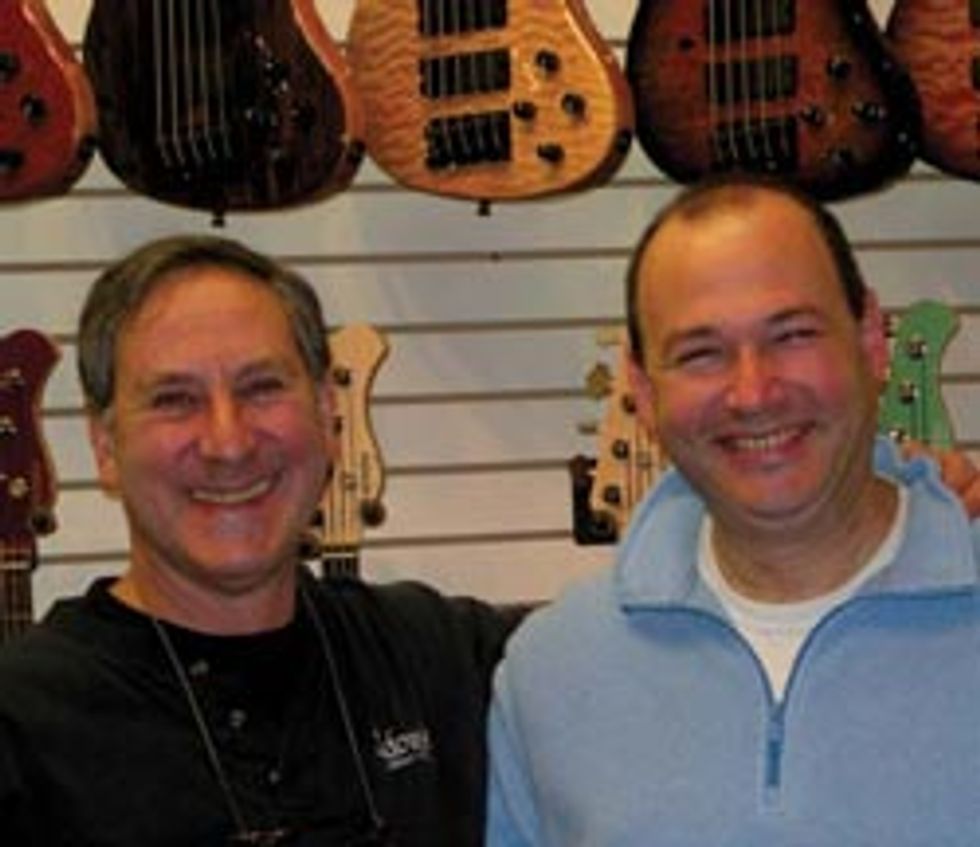
My first “real job” was working for Augie [Augustino] LoPrinzi repairing and building acoustics from 1972–1974. Head Racquet Sports had bought LoPrinzi, and the fit was not right anymore. I then went to Medley Music in Philadelphia, where I ran the repair department for five years. Then I went out on my own.
How did this magical association with basses start? Sadowsky items appear to be Fender-inspired. Was this by design?
Believe it or not, I’m not a bass player; actually, I’m a fingerpicker. I started playing out in the late '60s and early '70s. Thirty years ago in New York if you were a working bass player, you played a Fender. The union book had two listings, one for acoustic bass the other for Fender bass. Engineers and soundmen had the console set for a Precision or a Jazz. They were not going to readjust the board for anything else, especially on a 40-minute jingle session.
So were guys buying off-the-rack Fenders and bringing them in for modification?
Actually, the objective was to find the best Pre-CBS bass out there. For the most part, they were L-series J-Basses. Back then they were under $800 and were considered a used bass. This was before the vintage craze kicked in.
So what were the modifications being done back in the day?
First, the bass had to play fantastic, so I retrued the fretboard and installed new frets, a new nut, etc. Then a heavier bridge, shielding and preamp were installed. Keep in mind this was before there was a heavy devaluation on doing stuff like this. For under $1500, the pro player could have a world-class instrument. Back in the early eighties, other than Alembic and Music Man, no one was using a preamp.
How did you develop the connection with preamp usage?
Alembic was the pioneer; they were the first. In 1977, I was at a Gibson repair seminar and I met Ron Armstrong of Stars Guitars. He turned me onto their preamp and how to use it. I used the Stars preamp, and when they discontinued it, Ron recommended I use the Bartolini TCT, which I used for the next eight years. Then in 1990 I produced my own circuit.
What were some of the more memorable basses you worked on?
One of the earlier notable basses I worked on was for a player named Tony Conniff. It was an early, Olympic White P-Bass—that was the first bass on which I installed the Stars preamp. That bass was incredible! Another bass was from a young player named Marcus Miller. He received the full treatment, and as we say, the rest is history.
So how or why does one make the transition from a hot-rod luthier to an iconic brand?
Once the vintage craze hit and old basses became valuable, it no longer made sense for me to mod these instruments, especially when my work would actually devalue them. That’s when I realized I could incorporate all of my improvements into a new instrument.
Let’s say it’s 1960, and we go into Mr. Peabody’s WABAC Machine. Leo Fender asks, “Roger, what can I do better or different?” What are your thoughts?
Let me just say Leo had these basses correct right off the bat, but they are built to a price point. I made a few tweaks to improve the design: easy truss rod access with the spoke wheel, for example, and increasing the string spacing from 19mm to 20mm, so the string goes over the pole. I increased the fretboard radius from 7-1/2 to 12 inches, increased the thickness of the headstock and placed graphite strips in the necks, not for stability but for reduction of dead spots. I use chambered bodies for weight reduction and increased resonance, and of course, active electronics, hum-cancelling pickups and electrostatic shielding. These are some of the design improvements.
I have to ask why do you make the headstock thicker?
I have found that mass on the headstock improves tone and eliminates or lessens dead spots. In fact, I have found that lightweight tuners will make dead spots worse.
Why do you think that basses of this type have gained such popularity?
The old stuff has become too valuable to tour with, and they’re irreplaceable.
The Lowdown Wrap-up
I would like to thank Roger for his hospitality. Please check out sadowsky.com. Until next time, drop the gig bag and bring the cannolis!
Kevin Borden
Kevin Borden has been a bass player since 1975, and is currently President of Goodguysguitars.com. Feel free to call him KeBo. He can be reached at Kebobass@yahoo.com.
